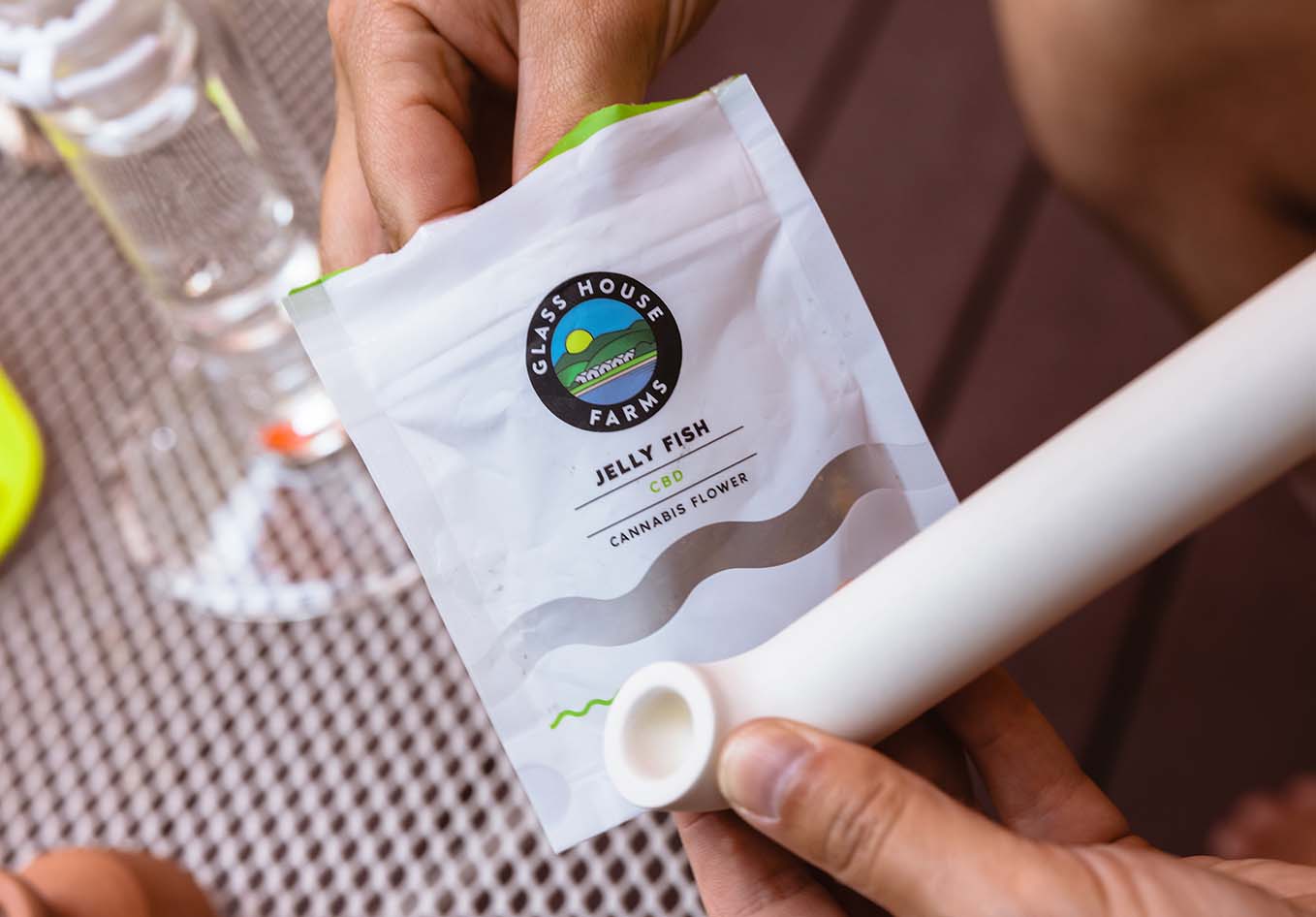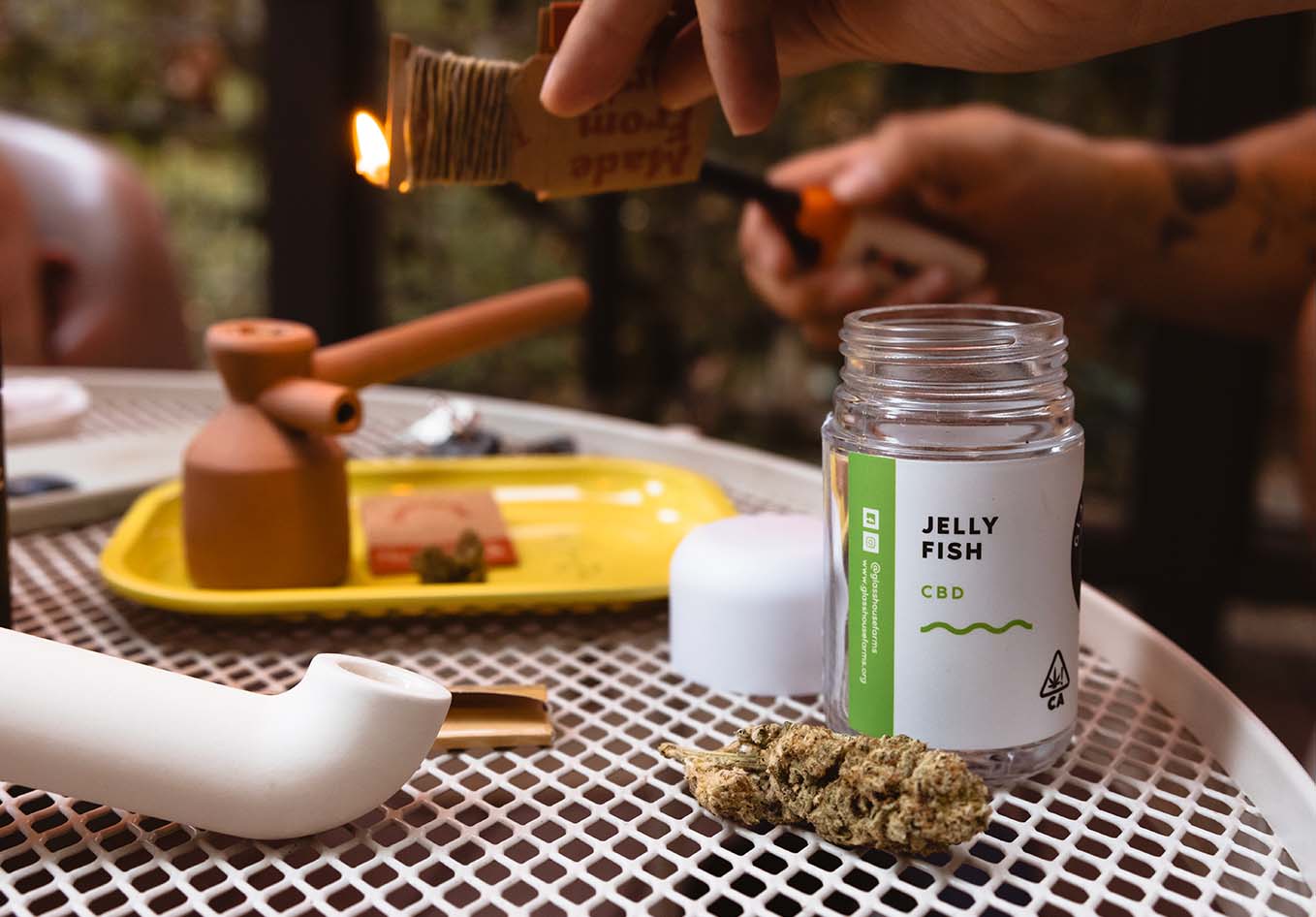TAKING A BREAK: THE SCIENCE BEHIND THC TOLERANCE
Posted December 9th
If your usual joint isn’t getting the job done anymore, it might be time to give your CB1 receptors a rest.
Most cannabis consumers today are familiar with the concept of potency, which, by default, speaks to the THC-related strength of a given product. Though potency can be quantified in terms of specifying that a strain tested at, say, 28% THC, it is still overall a largely subjective qualifier unless one factors in tolerance too.
If potency tells us how strong a cannabis product will be, tolerance can be defined as our endocannabinoid system’s diminishing response to repeated cannabis consumption. In short: if you consume enough weed, it will start to take greater and greater quantities of THC to achieve the effects we collectively refer to as “being high.” That’s a bummer, sure, but the good news is that with a little break, our brains can recover to a pre-tolerance state with astounding speed!
To understand how tolerance works, how quickly we build one, and what you’ll need to do if a reset is in order, we first must learn about the star of the show: CB1 receptors.
WHY DO WE BUILD A TOLERANCE TO THC?
As noted above, heavy, sustained cannabis use can lead consumers to develop a tolerance to THC. Given there are so many different forms of cannabis products, in various potencies, being consumed by such a vast array of people, trying to pinpoint precisely what level of use will precipitate the development of a tolerance is borderline impossible.
That said, it would be fair to categorize 36 hours of sustained (but not necessarily continuous) cannabis use as the threshold after which a tolerance begins to build. Even then, unfortunately, we’re relying on mice for the ballpark.
What we do know, however, is why the cannabinoid type I (CB1) receptors in our brain decrease with continued cannabis use.
Once consumed, THC goes to work by activating the CB1 receptors in our brains, which in turn causes us to feel stoned. Biologically speaking, when we’re “high,” that’s our brain experiencing an abnormal increase in CB1 receptor activity. When the THC stimulating these receptors goes away, they revert to normal, but the equation changes if you opt to consume cannabis for multiple days or weeks on end. In that case, our brains will do what they think is best to preserve normal brain activity, which is to reduce the number of CB1 receptors available to stimulate.
Less receptors means more THC will be required to experience a high, and so the cycle repeats until, at last, one opts to reset their tolerance back to zero. Such a feat can be exceptionally difficult work for those wishing to abstain from certain substances, like alcohol or nicotine, but fortunately, it takes far less effort to rid yourself of a THC tolerance.


BACK TO ZERO: RESETTING YOUR CANNABIS TOLERANCE
The human mind is truly a work of wonder. Thankfully, one of its many attributes is a speedy ability to return itself to normal CB1 receptor levels following a brief spell of cannabis abstinence. For the same reason we must define tolerance at the individual level, the duration of abstention necessary for one to bid their tolerance adieu varies on a person-by-person basis.
That said, some studies on the matter have been published, with one focused on daily users which found their CB1 receptor levels returned to normal after about two weeks following cessation of consumption. In another, it was concluded that withdrawal is more intense when there are fewer CB1 receptors available for THC to bind with.


TAP PAUSE ON THC WITH JELLY FISH
If you’re seeking a practical solution, one fantastic way to keep enjoying your medicine while keeping your tolerance in check is to try Glass House Farms’ high-CBD flower, Jelly Fish. Also, don’t forget to check out our piece on using CBD/THC to aid in dry January.
There’s no risk of getting stung here. Instead, this unique offering in our strain library features an ultra-low 0.8% THC paired with 18.6% CBD. The result is a full-spectrum strain that’s rich with pleasant earthy flavors and well-suited to calming anxiety and keeping you feeling rested. With such a low amount of THC in the mix, Jellyfish is a great standby strain to have at the ready for the next time you want a break.
Alternatively, you can also mix Jellyfish together with a stronger strain as a means of “dilute” your THC intake without sacrificing any of the good stuff. Just remember: if you truly love cannabis, give yourself a break every now and then so you can get back to enjoying it at its full potential.
Your CB1 receptors say thanks in advance!
Next read our blog post, Improve Workouts With Cannabis: Cannabis and Exercise.

